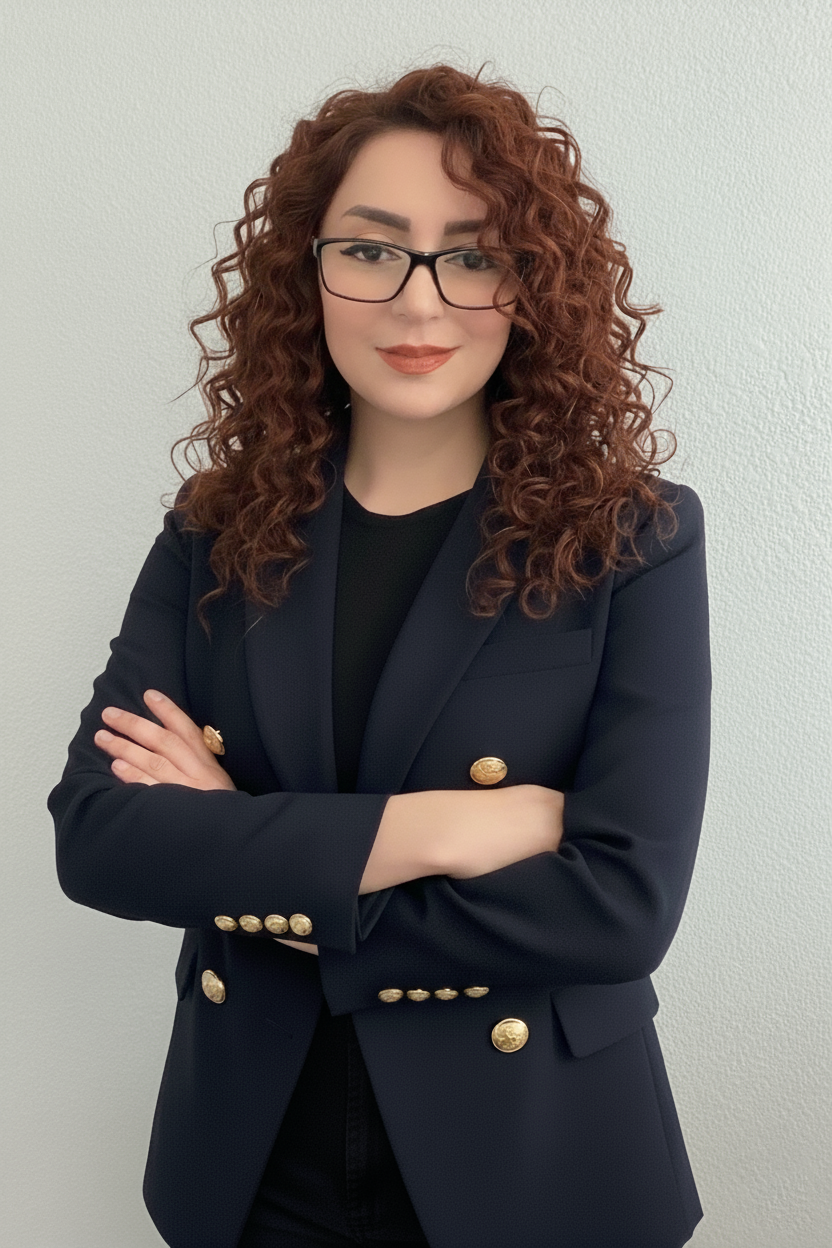About Me

My research began in 2015 by understanding how multilingual students navigate academic challenges through specific cognitive strategies and metacognitive awareness. This led me to investigate how teachers can foster these capabilities despite policies that sometimes work against multilingual learners. I found that creative teaching enables teachers to transcend policy limitations while still meeting requirements.
My work on academic integrity across nations revealed another dimension of this challenge: policies can fail due to missing implementation infrastructure and support. When we found that students from different nations had vastly different understandings of plagiarism despite similar policies, it became clear that policy intentions don't automatically translate into practice. The gap isn't about compliance; it's about the absence of contextual adaptation mechanisms that help diverse populations understand and navigate academic expectations.
These findings raised a deeper question: why do implementation gaps persist even with well-intentioned policies? This question was a turning point in my research as it enabled me to see beyond the classroom and examine the whole system, including how the elements impact each other and the overall experience.
After I began my doctoral journey, I engaged in a project with Dr. Kate Anderson to examine the ideological complexity underlying these experiences, specifically the language ideologies that shape how educators approach linguistic diversity. My research uncovered something crucial: when educators are asked to reconcile their commitment to linguistic justice with systemic demands for standardization, they develop hybrid, often contradictory orientations. In our study, 40% of educators simultaneously acknowledged standardized English's problematic nature while feeling obligated to center it pedagogically.
Throughout my PhD journey, I remained engaged with teachers' experiences, particularly those who teach STEM subjects to multilingual learners. For example, I analyzed how science and literacy practices intersect in primary classrooms across the United States, examining practitioner literature to understand how teachers navigate the dual demands of science and English Language Arts standards. In another project, in collaboration with Dr. Peter Rillero and his team, we developed and delivered professional development on Nature of Science understanding for Moroccan science educators, examining how teachers' conceptions of science influence their instructional approaches. This experience working in an international multilingual context in Morocco provided me with a broader perspective on how linguistic and cultural diversity shapes teaching practices. This multidimensional experience in educational research, spanning both national and international contexts, shaped my thinking about what I would focus on for my dissertation.
I was engaged in policy discussions about how things could be different and how to address restrictions and injustices through advocacy. Yet a critical question kept surfacing: what can be done today, right now, while we work toward these longer-term policy changes? My concern centered on immediate, actionable support for teachers and students, especially vulnerable populations who cannot afford to wait for systemic reform. When I encountered Possibility Thinking (PT), a framework developed by Anna Craft and colleagues in the early 2000s, I found a potential answer. PT focuses on creative problem solving and expanding what's possible within constraints. Crucially, it provides a structured approach for working creatively within the tension between justice and standardization, balancing both curriculum requirements and students' linguistic identities. This framework became the foundation for my dissertation and the way I aimed to contribute to policy discussions by offering teachers actionable strategies for the present while advocating for systemic change for the future.
Building on these insights, I developed an exploratory study for my doctoral dissertation through a two-stage process. First, I designed and developed an AI tool, SciLing Bot, to create standards aligned, linguistically and culturally responsive activities. Second, teachers used Possibility Thinking Bot (created by my committee chair, Professor Ronald A. Beghetto) to iteratively enhance and expand these activities. This process of initial activity generation followed by possibility driven refinement helped teachers move beyond compliance thinking to generate more engaging, responsive practices that address both curriculum standards and students' linguistically diverse needs.
While my dissertation examines this approach primarily at the teacher level through the exploratory mixed-method study, the broader question addresses district level scaling: how can districts move from demanding compliance to supporting what David Hargreaves (1998) termed creative professionalism? Building on Hargreaves' concept of teachers as knowledge creators who adapt and innovate within professional constraints, I extend this framework to explicitly center equity and linguistic justice. In this adapted sense, creative professionalism refers to teachers' capacity to adapt creatively and responsibly within constraints while maintaining both standards and equity commitments, all while acknowledging the complex ideological terrain teachers must navigate when working with multilingual learners.
These findings led me to three interconnected conclusions about policy, practice, and teacher agency. I argue that teacher agency and creativity aren't obstacles to standards implementation; they're essential resources. When policies mandate standardized approaches without providing implementation support, as we saw with plagiarism policies, they inadvertently restrict teachers' ability to adapt to diverse learners and constrain the creative problem solving necessary for equity. In effect, they undermine their own stated goals.
While policy reform is crucial, we cannot wait years for systemic change while students need support today. This is where possibility thinking becomes vital: it creates a space for teachers to transcend restrictive policies that fail to address diverse learners' needs. Rather than viewing compliance and creative adaptation as opposing forces, possibility thinking reframes them as complementary. It offers a principled protocol for creative adaptation that maintains professional integrity while serving students effectively. It acknowledges that teachers must often work within imperfect systems, providing them with tools to expand what's possible even within constraints. This dual approach of advocating for better policies while simultaneously empowering teachers to creatively navigate current limitations addresses both immediate and long-term needs. It ensures that equity work continues regardless of the pace of policy change.